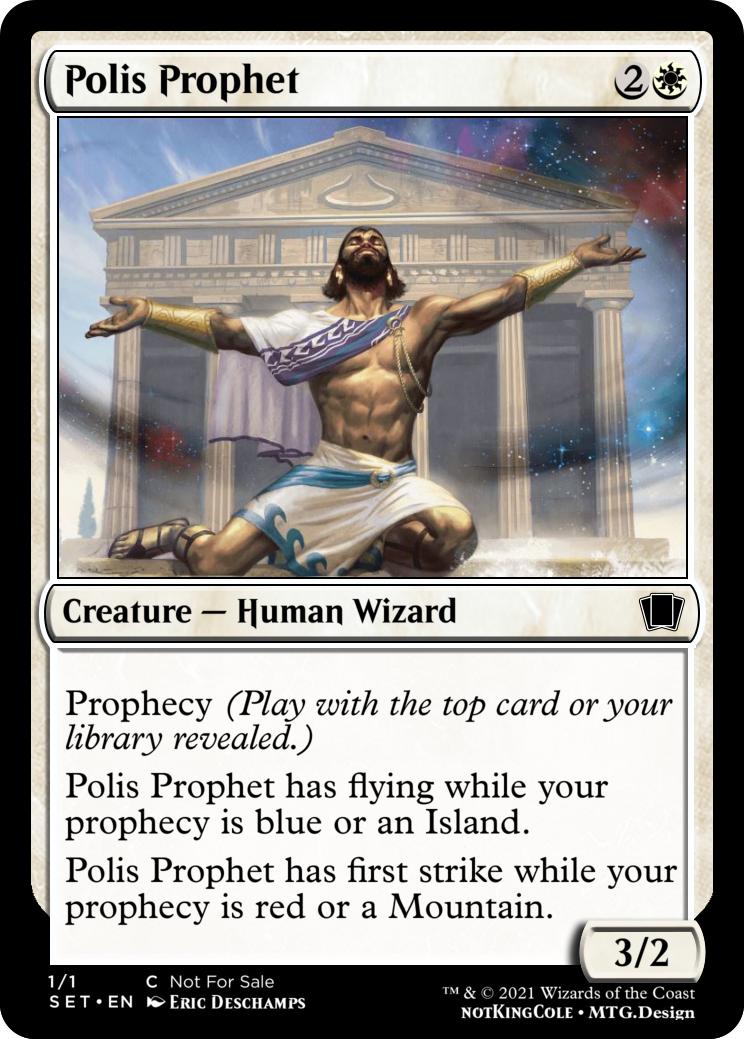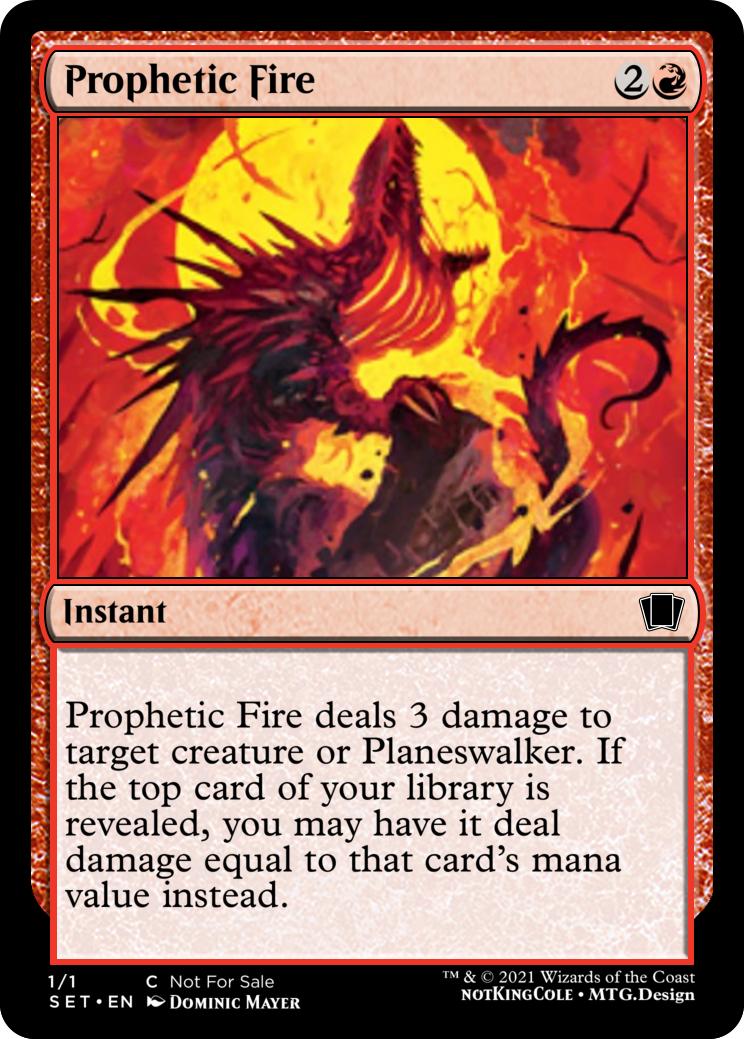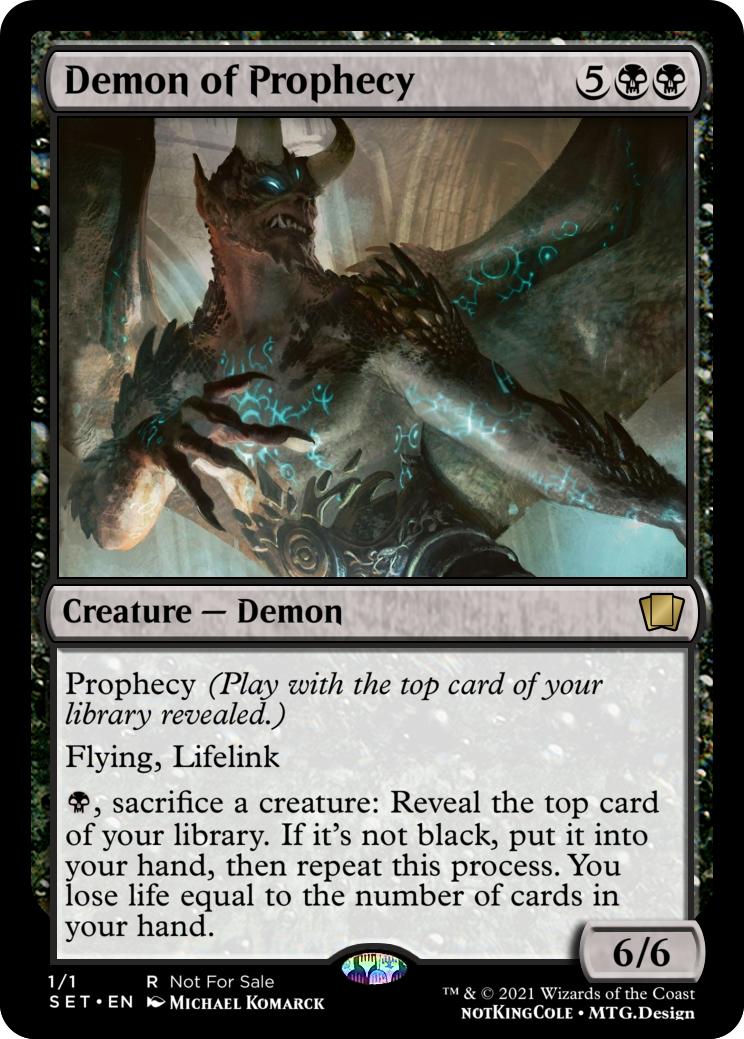Workshop Wednesday: Seize Your Destiny
Welcome to TwistedSpoon Studio! Today is Wednesday, which mean's we're pulling back the curtain and letting you see inside the Workshop. (Well, more specifically, my brain, but that's a less inviting image. Unless you're really into medical dramas, I guess. I digress.)
One of the earliest fantasy series that I ever fell in love with was The Chronicles of Prydain. When I was growing up, my dad had a single black tome containing all five books by Lloyd Alexander, plus the book of short stories that followed. Inspired by Welsh mythology, it has everything you need-- a magical princess, an evil lord of the undead, and of course, an oracular pig.
Okay, maybe that last one isn't exactly a mainstay of the genre, but there's always some sort of prophecy going on. Maybe there's an oracle in a cave, or a witch in the woods, or a royal wizard in their tower; whatever form they take, there's usually someone or something there to tell us that the world is going to end unless the chosen one does something about it.
Wizards has a pretty good track record playing in this space. Scry? Spectacular. Foretell? Fantastic. There's even an entire set "predicting" future designs, and it's such a delight that it was the first block to get a Remastered set in print. There's something about knowing the future that tickles the brain-- we want to have control over our future. Not content to be tossed about by the winds of fate, humans have tried countless methods to divine their destinies over the millennia. And while today's design won't necessarily predict your future, it will give you an idea of what's coming:
Prophecy is a static ability that appears on permanent cards and causes their controller to play with the top card of their library revealed. Inspired by designs like Courser of Kruphix and Goblin Spy, it creates an interesting tension-- you know what's coming, but at the cost of your opponents knowing too. That's not a great trade in most cases... I wonder what we can do to tip the balance in our favor?
Let's evaluate the design space of Prophecy and see what makes it tick. Prophecy has one input and one output. The input is your entire deck (or more accurately, your remaining library). The output is one card at any given time. Players can manipulate the output in one of two ways-- by building their deck around Prophecy outside of the game, and by manipulating their library during the game. Effects around prophecy can refer to the qualities of the revealed card-- color, type, mana value, or even names, subtypes, and power/toughness. Effects like scrying and milling also interact with prophecy.
If I were building a set around prophecy, there are a few best practices I would put in place. You might do things differently, and that's cool-- every designer has their own style, and there are very few hard-and-fast rules to design. Here are my personal Prophecy principles:
- Static effects should all refer to the same quality of the card. It should be something that can be evaluated quickly, such as color, mana value, or type.
- Static effects that check qualities of a Prophecy should be boolean effects; i.e. if the prophecy has the desired quality, then this effect is active.
- Activated abilities can refer to any quality of the card. These can include be boolean or scaling.
- Triggered abilities can be triggered by cards being revealed. Triggered abilities are closely related to static abilities and should be treated similarly at lower rarities, but can have more complexity at higher rarities.
- Abilities that use the stack should explicitly reveal the top card of your library. This prevents game states where the permanent with prophecy leaves the battlefield before the ability resolves, meaning we don't have to define what happens when a card checks your prophecy and you don't have one.
- Cards that let you play your prophecy should be restricted to higher rarities. This effect is a form of card draw and can produce much more value than the average common or uncommon should. Cards like Courser of Kruphix and Melek, Izzet Paragon are rare for a reason.
- Each color should have ways to interact with the top card of their library. Scry is in every color, but there are other mechanical executions that could work as well. Red, for example, could exchange a card in hand with the top card of your library. Blue and black can mill. White isn't allowed to have nice things.
- Instant-heavy colors should have a way to draw cards from the bottom of the library. This allows players to maintain hidden information and bluffing.




Comments
Post a Comment